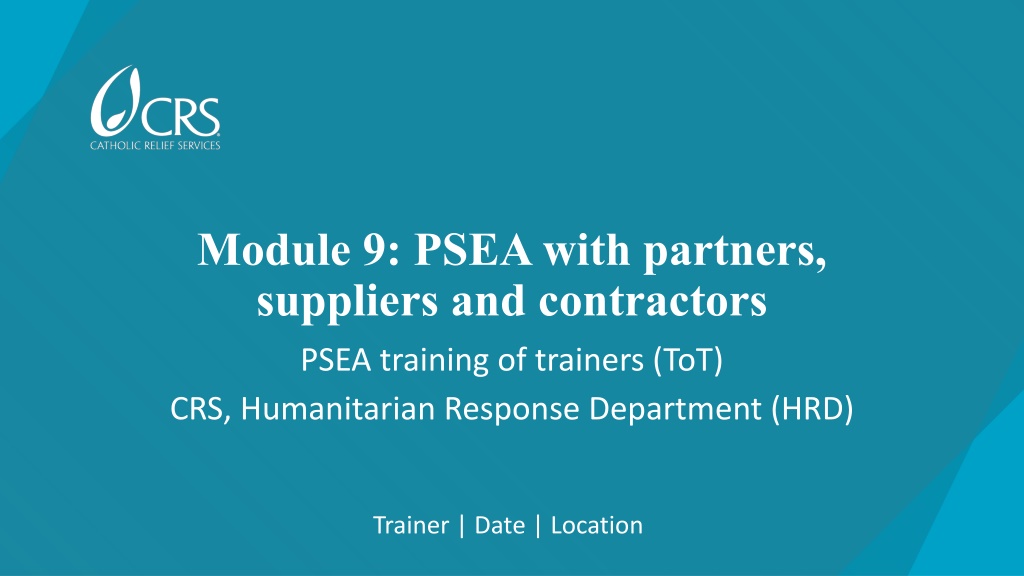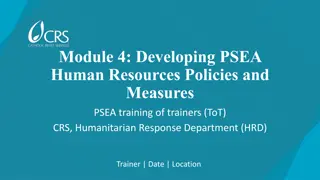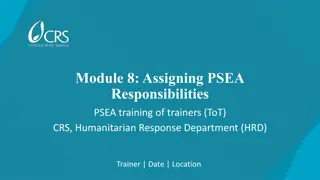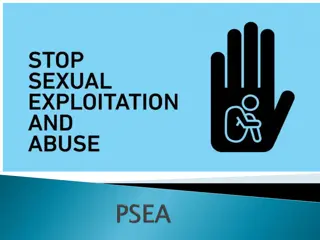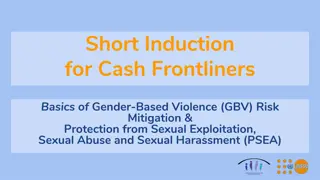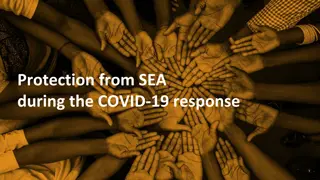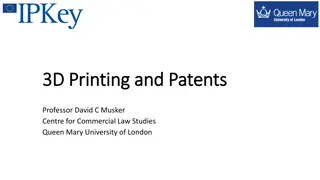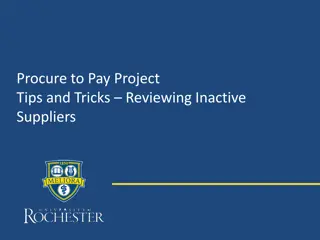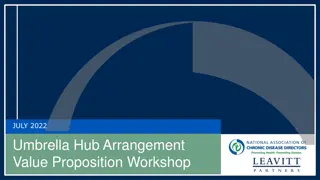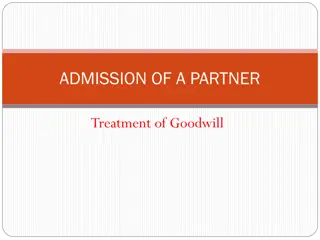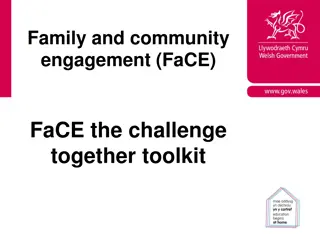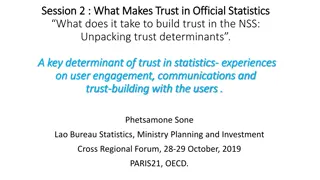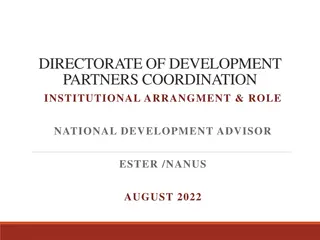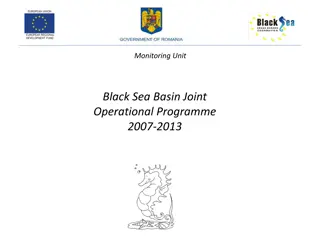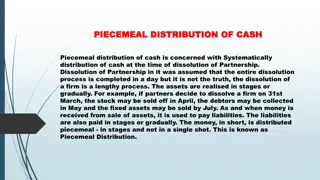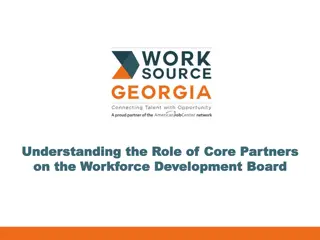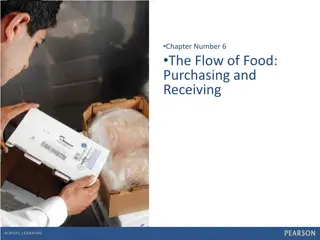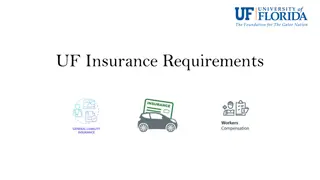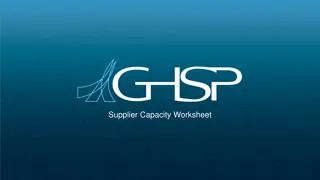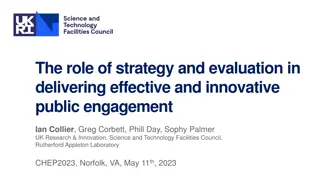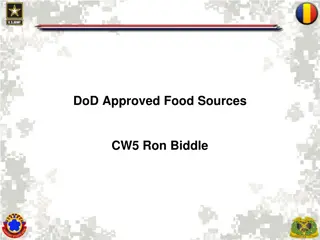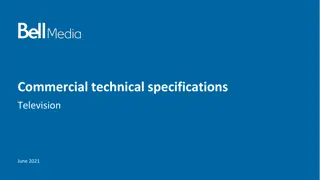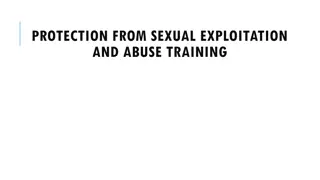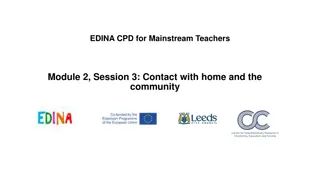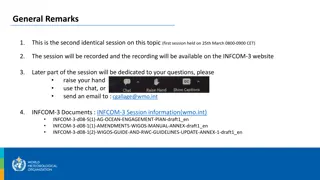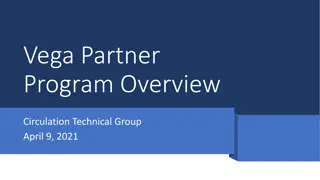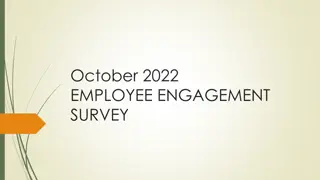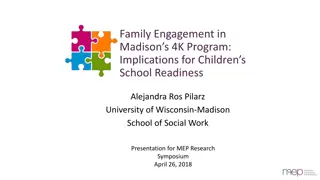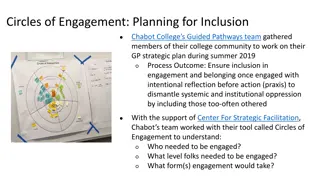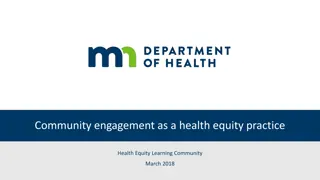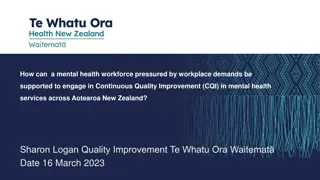Enhancing PSEA Engagement with Partners and Suppliers
Explore Module 9 on PSEA training of trainers, focusing on raising awareness and implementing requirements with partners, suppliers, and contractors in humanitarian and development projects. Understand the types of entities in relationships, the importance of commitment to PSEA, and engage in interactive exercises to promote accountability and awareness. Key points highlight strategies for engagement, leadership roles, donor requirements, and the impact of non-compliance on partnerships and communities.
Download Presentation

Please find below an Image/Link to download the presentation.
The content on the website is provided AS IS for your information and personal use only. It may not be sold, licensed, or shared on other websites without obtaining consent from the author. Download presentation by click this link. If you encounter any issues during the download, it is possible that the publisher has removed the file from their server.
E N D
Presentation Transcript
Module 9: PSEA with partners, suppliers and contractors PSEA training of trainers (ToT) CRS, Humanitarian Response Department (HRD) Trainer | Date | Location
Module outline Session 1: Raising PSEA awareness with partners, contractors and suppliers Session 2: Implementing PSEA requirements with partners, suppliers and contractors /2 /2
Session 1 Raising PSEA awareness with partners, contractors and suppliers
Exercise (plenary) Does your organization work with partners, suppliers and contractors when implementing humanitarian or development projects ? Who are they? /4 /4
Types of entity that an organization can enter into a relationship with (CHS Alliance) Partners : Organizations which are contracted to deliver programs and projects, or providing funding (donors). Suppliers: Organizations or companies that have been contracted to provide goods, equipment and other supplies that are used by the organization generally, including for the delivery of programs and projects. Contractors: Organizations or companies that have been contracted to deliver specific services. /5 /5
Why it is important that partners, contractors and suppliers staff commit to PSEA and address SEA issues Often the first responders and/or work directly with program participants Behavior of partner/contractor/supplier staff underpins all the work that an organization does. Program participants might not understand that they do not work directly for your organization No organizations and companies are free from SEA. We have a collective responsibility to respond to SEA ! /6 /6
Exercise Role play Group A CBO Group B Construction company 10 min for preparation 5 min to present to wider group /7 /7
Raising PSEA awareness with partners, contractors and suppliers Key points All potential Strategies on how to engage on PSEA depend on context, type of relationship and type of organization/company Senior leadership and management have a particular role partners/suppliers/contractors informed about PSEA standards prior to entering into relationship Donor requirement - failure to commit to, address and report PSEA can lead to contract termination Failure to comply with PSEA impacts partnerships, communities and aid sector Also about relationships and the partnership approach Collective responsibility for the zero tolerance policy!! /8 /8
Session 2 Implementing PSEA requirements with partners, suppliers and contractors
Exercise Case study Group A Group B Group C 10 min for preparation 5 min to present to wider group /10 /10
Implementing PSEA requirement with partners, suppliers and contractors KEY actions Assess all partners, suppliers and contractors before the contracting arrangements are agreed Develop contracts for organizations or companies which include PSEA requirements and commitments. Decide on the type of PSEA support or training to provide to the organizations or companies, depending on the needs, the context and resources available. PSEA measures, and SEA cases, in partner, supplier and contractor organizations are monitored. Agree with the organizations or companies on how to exchange information on PSEA/safeguarding. /11 /11
PSEA-responsive agreements/partnership wrap up In humanitarian and development contexts, organizations enter relationships that should formally address SEA issues as part of the organizational commitment to zero tolerance for SEA. Senior management have a particular role in ensuring that these types of contractual relationships include PSEA measures. Contractual entities must be informed, trained and supported in the implementation of PSEA measures /12 /12
Module review for roll-out Instructions Use TT 1.1 training plan template to modify or reflect on the session for the roll-out phase. Note : this module should be targeting all program staff within your organization 15 minutes /13 /13
